Not taking Any Chances
According to data from the government, over the last five years there have been 397 technology leaks that have been at the cost of South Korean technology companies, particularly Samsung Electronics, who maintains the county’s superiority in the OLED space and in semiconductors. As part of the tracking program the government has also added stiffer penalties for such infractions, including a 3 year minimum prison sentence for violators and is expected to lower the threshold for close inspection of foreign companies that own a stake in South Korean companies that are in any of the ‘protected’ technology segments. Previously such examinations were put into effect if foreign ownership was greater than 50%, with the new threshold said to be 30%.
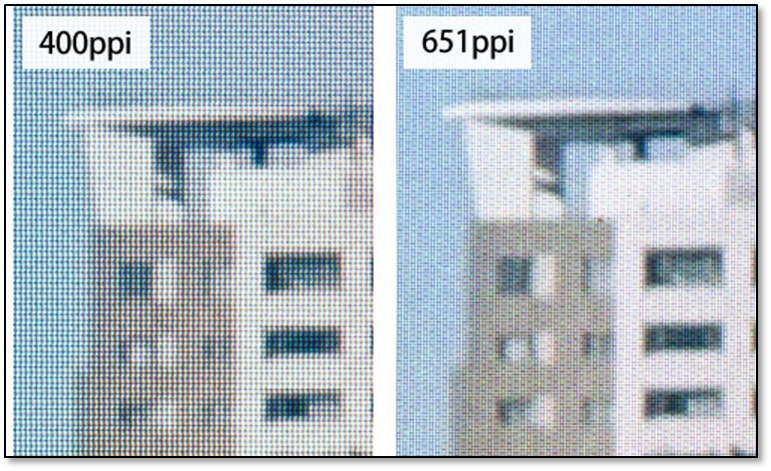

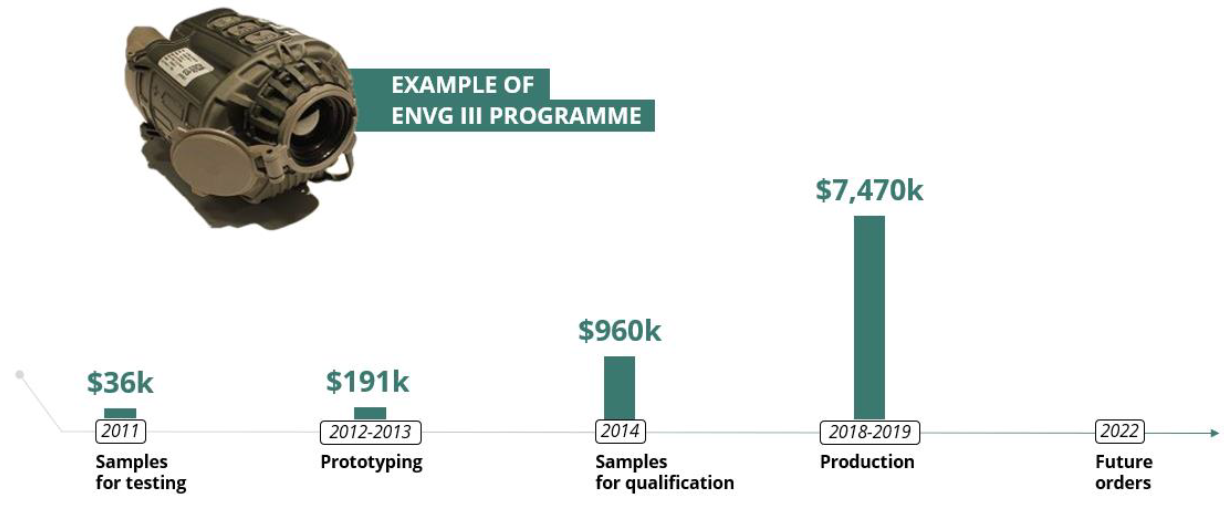



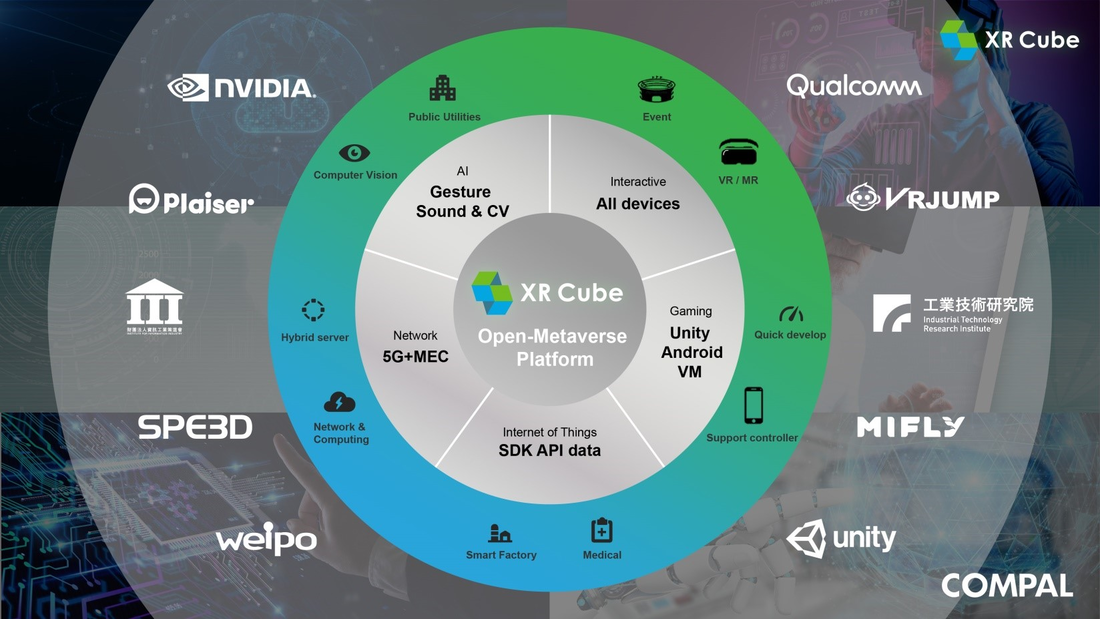


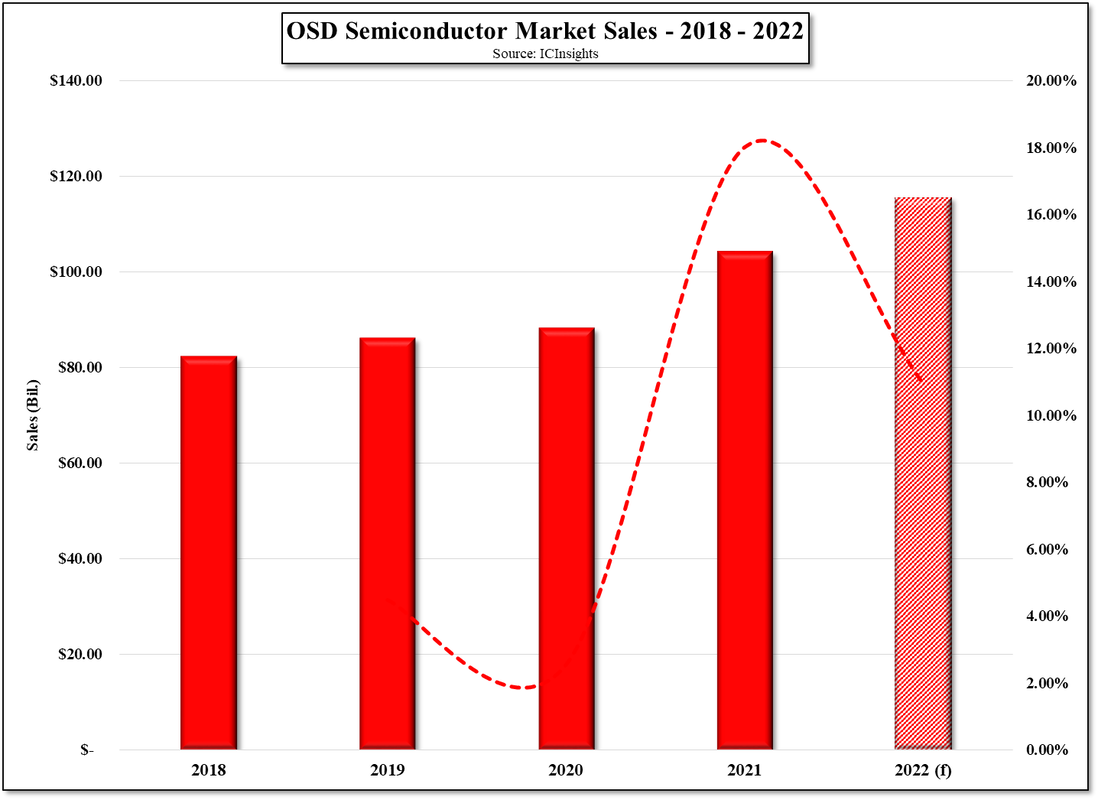
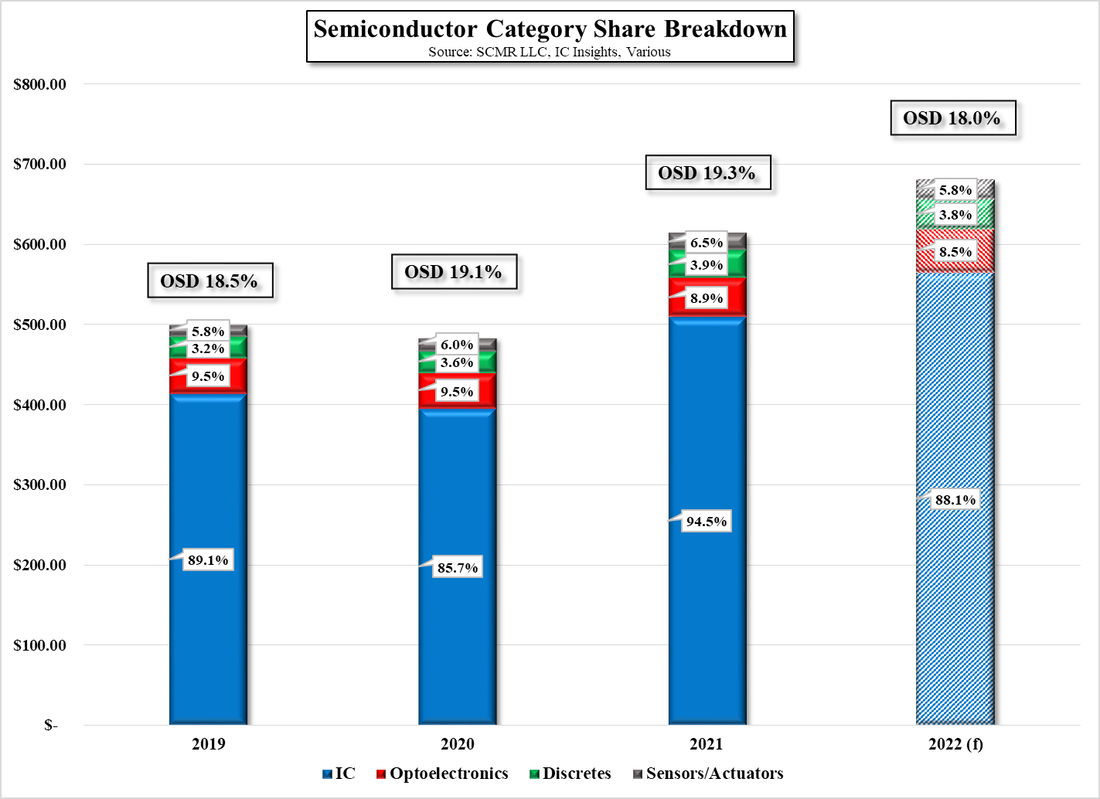
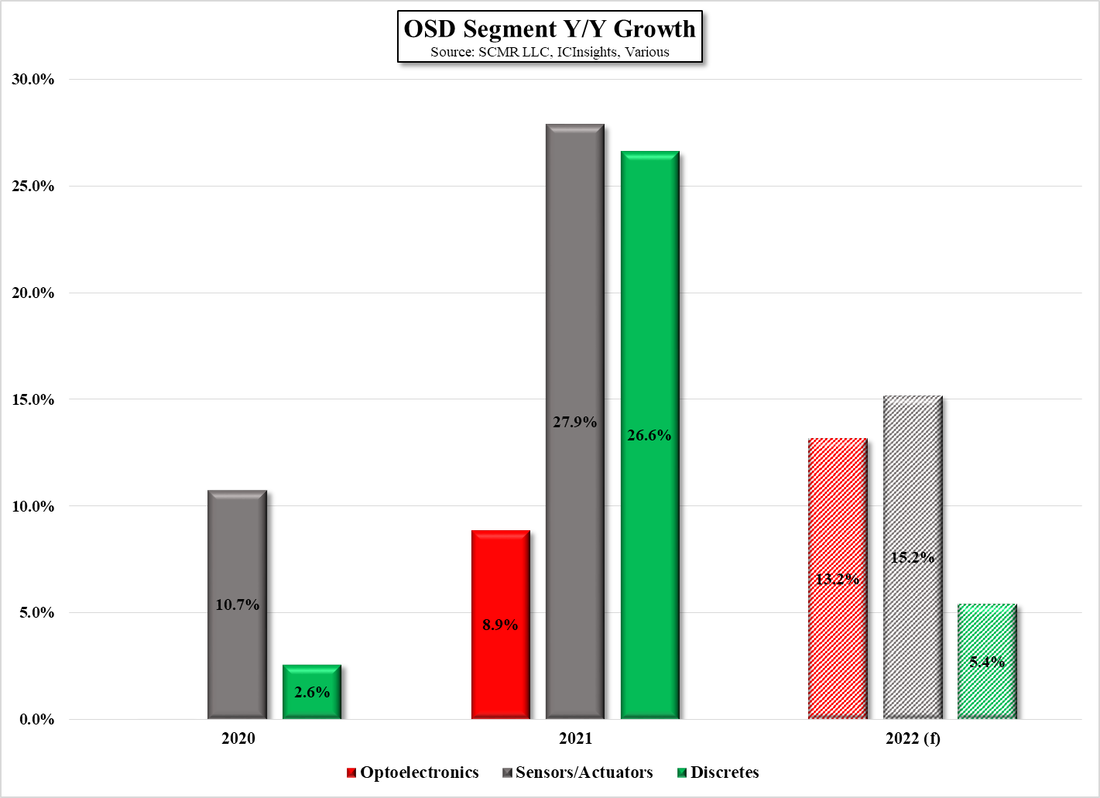


 RSS Feed
RSS Feed